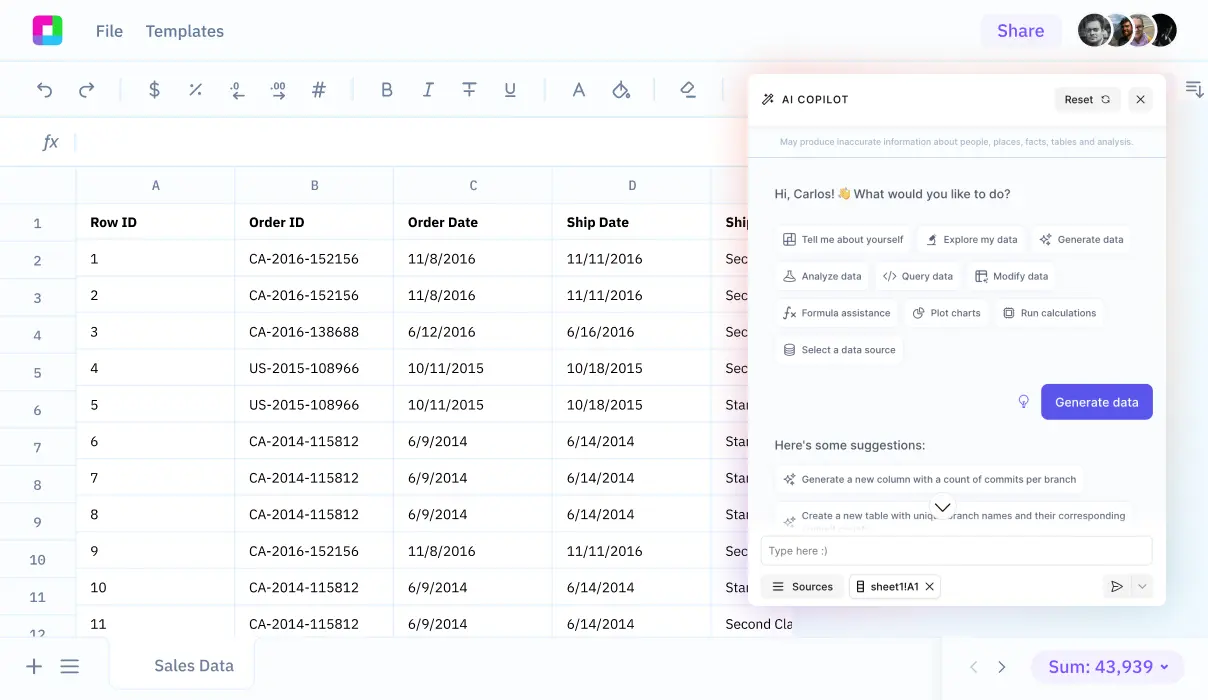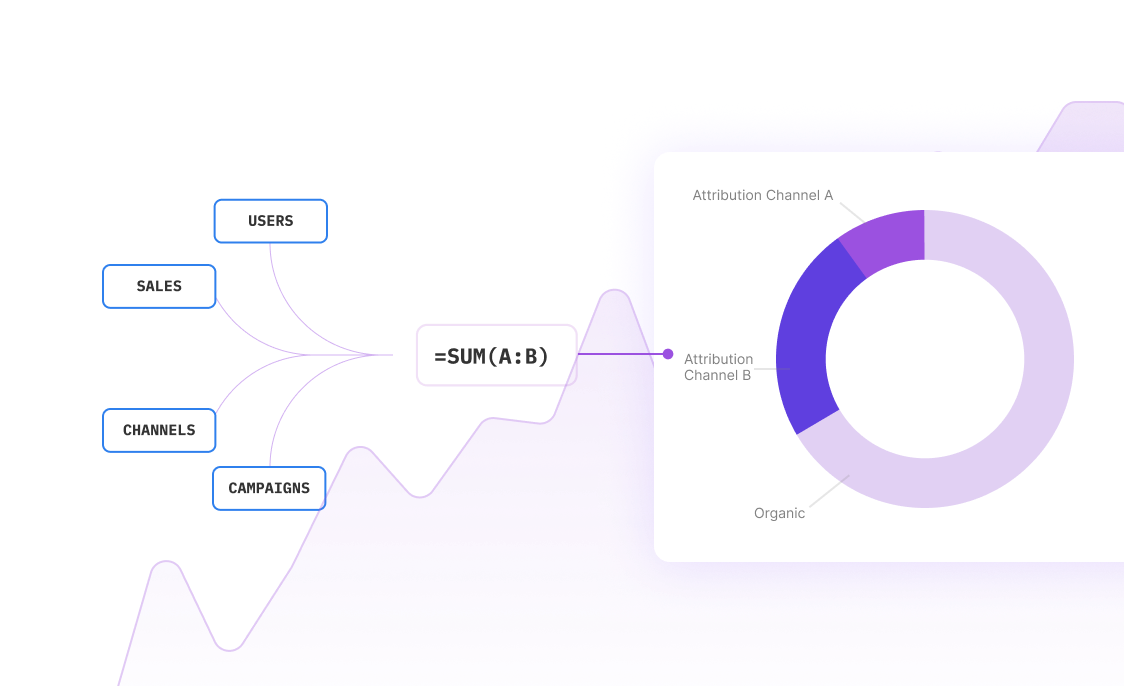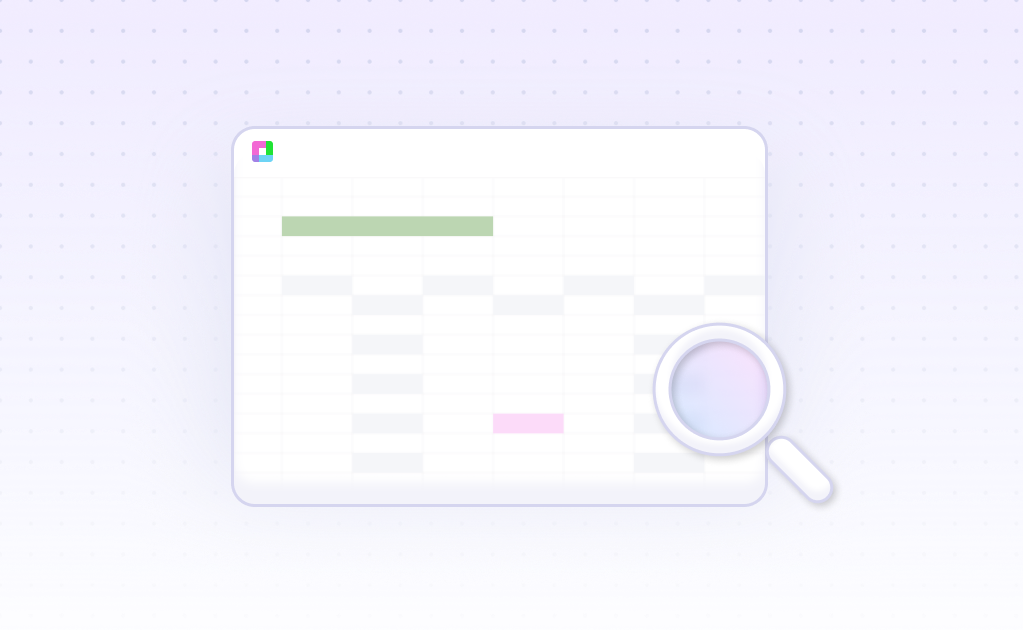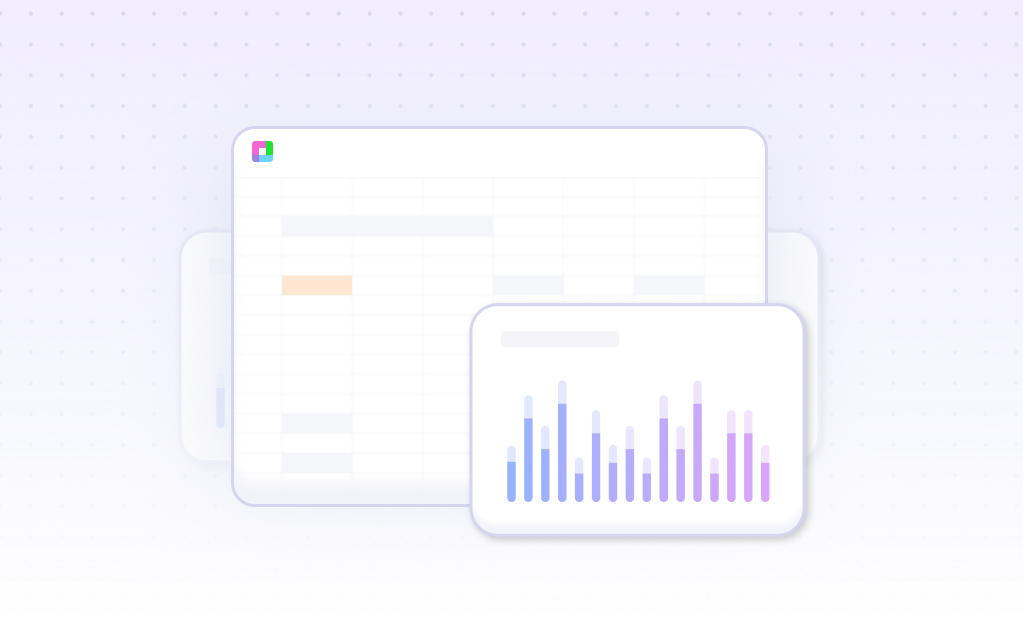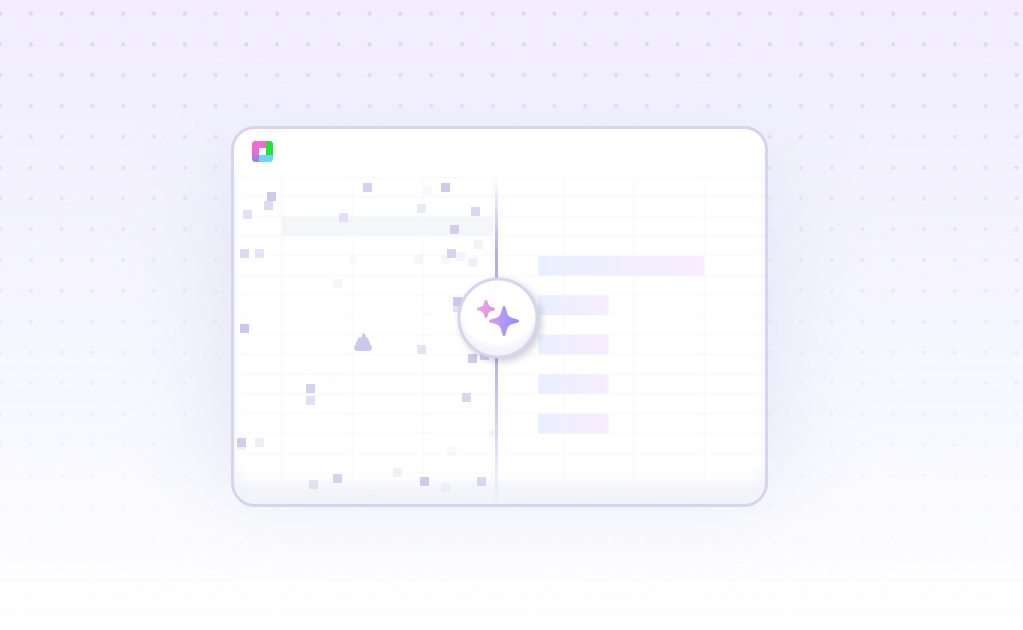
Introduction
Financial modeling in Excel requires mastering the 3-statement model, DCF model, trading comps, transaction comps, and merger models. These models support valuation, strategic planning, and capital budgeting decisions. Traditional Excel modeling demands meticulous attention to color-coding, sign conventions, and structural organization of inputs, calculations, and outputs.
AI-powered financial modeling tools are transforming this landscape by automating time-consuming tasks, reducing manual errors, and improving forecasting accuracy. Sourcetable offers advanced data analysis capabilities with automated formula generation, data cleaning, and interactive reporting features.
In this guide, we'll explore how Sourcetable combines Excel's functionality with AI capabilities to streamline financial modeling analysis, which you can experience at sourcetable.com/signup.
Sourcetable vs Excel for Financial Modeling
While Excel remains a trusted tool for financial modeling with its familiar interface and cross-device compatibility, Sourcetable elevates analysis through advanced integrations and data handling capabilities. Sourcetable seamlessly connects with essential financial platforms like Quickbooks, Stripe, Hubspot, and Google Ads, enabling comprehensive operating models and customer metrics analysis.
Superior Data Processing
Sourcetable overcomes Excel's limitations by efficiently processing large CSV files that Excel cannot handle. This capability allows analysts to work with extensive datasets without compromising performance or requiring data segmentation.
Automated Reporting Solutions
Unlike Excel's manual approach to pivot tables and charts, Sourcetable provides automated reporting features that streamline the creation of CAC and LTV reports. Its integration with Salesforce and Pipedrive enables dynamic visualization of business metrics through enhanced charts and graphs.
Enhanced Data Visualization
While Excel offers basic customization through plug-ins, Sourcetable delivers advanced visualization capabilities through direct integration with modern business tools. This integration creates a seamless workflow for building and updating financial models with real-time data.
Financial Modeling Benefits with AI-Powered Spreadsheets
Financial modeling analysis provides critical insights for business success. It enables accurate risk assessments through revenue and expense projections, guides capital decisions, and optimizes resource allocation. Organizations can prioritize projects effectively while maintaining positive cash flow through strategic timing of major purchases.
Strategic Business Management
Financial modeling facilitates smoother day-to-day operations and sustainable growth by assessing current performance and stability. It helps develop future growth plans and secure funding through timely forecasting, providing essential information to investors and lenders while potentially increasing business value.
AI-Powered Advantages
AI-powered spreadsheet tools enhance financial modeling through automated data entry and analysis. These systems efficiently identify trends, outliers, and correlations while generating accurate forecasts based on historical data. The automation of decision-making processes and seamless software integration streamline workflow and improve accuracy.
With natural language processing capabilities, AI spreadsheets transform complex financial modeling tasks into straightforward operations. This technology enables faster data analysis and visualization, producing professional reports and automations that drive business intelligence and strategic planning.
Financial Modeling Analysis with Sourcetable's AI-Powered Features
Sourcetable's AI Spreadsheet Assistant revolutionizes financial modeling by automating complex formula generation and data extraction. The platform's advanced AI technology reduces DCF model building time by 80% through automated calculations and assumption generation for key metrics like WACC and tax rates.
Automated Financial Analysis Tools
The AI-powered system extracts and analyzes data from Income Statements, Balance Sheets, and Forecasts. Its SQL and Python integration enables sophisticated data manipulation, while the AI Chart Generator creates interactive visualizations for financial reports.
Testing and Validation Features
Sourcetable's data testing capabilities allow analysts to validate financial models across multiple scenarios. The platform's automated data cleaning ensures accuracy while testing various error conditions in financial datasets.
Data Integration Capabilities
The system streamlines financial analysis by merging multiple data sources into unified target columns. Voice-driven interaction enables hands-free data manipulation, making complex financial modeling accessible to both novice and expert users.
Financial Modeling Use Cases with Sourcetable
Mergers and Acquisitions Analysis |
Use Sourcetable to build merger models and analyze accretion/dilution scenarios. Create transaction comps models to estimate company value based on recent M&A prices. |
Leveraged Buyout Analysis |
Build LBO models to determine maximum acquisition prices for private equity firms. Utilize sensitivity analysis through data tables to assess various scenarios. |
Company Valuation |
Develop DCF models to calculate intrinsic value and trading comps models to analyze valuation multiples of comparable companies. |
Three-Statement Financial Modeling |
Project company operating and financial performance using integrated income statement, balance sheet, and cash flow statements. Create error checks and circuit breakers to ensure model accuracy. |
Capital Investment Analysis |
Evaluate project viability using capital budgeting models with |
Frequently Asked Questions
What is financial modeling analysis and what are its key benefits?
Financial modeling analysis is a tool that analyzes an organization's current financial position and predicts its future financial position. The key benefits include managing risk, allocating resources, making smart investments, securing funding, developing long-term growth strategies, and aiding in business valuation calculations.
What are the most common types of financial models used in analysis?
The two most common financial models are the 3-statement model (which includes the income statement, cash flow statement, and balance sheet) and the discounted cash flow (DCF) model. The DCF model estimates a company's intrinsic value by projecting free cash flow generation and discounting it to present value.
How can Sourcetable be used effectively for financial modeling?
In Sourcetable, effective financial modeling requires separating inputs, calculations, and outputs, ensuring the model is sufficiently granular, standardizing the format, and building error checks. It's best practice to pull all needed details into the current sheet before performing calculations, and while macros should be avoided, VBA can be used for specific functions like worksheet protection.
How does AI enhance financial modeling in Sourcetable?
AI in Sourcetable enhances financial modeling by analyzing data faster, generating pivot tables, extracting trends, slicing data, cleaning up data, and summarizing data in different styles. The AI can also classify and tag text, scrub strings, and extract specific portions or concepts from strings.
Conclusion
Financial modeling in Excel requires careful attention to structure, color-coding conventions, and the separation of inputs, calculations, and outputs. The 3-statement model serves as the foundation, while the DCF model enables valuation, strategic planning, and capital budgeting analysis. Effective models must present clear outputs and conclusions while maintaining standardization for easy review.
While Excel remains the traditional tool for financial modeling, Sourcetable offers an AI-powered alternative that streamlines the process. It automates data cleaning, formula generation, and report creation while integrating with SQL and Python for deeper insights. The AI capabilities improve forecasting accuracy, enhance risk assessment, and reduce manual errors in financial analysis.
Ready to transform your financial modeling workflow? Try Sourcetable's AI-powered spreadsheet solution at sourcetable.com/signup.
Recommended Analysis Guides
Connect your most-used data sources and tools to Sourcetable for seamless analysis.
Frequently Asked Questions
If you question is not covered here, you can contact our team.
Contact Us
